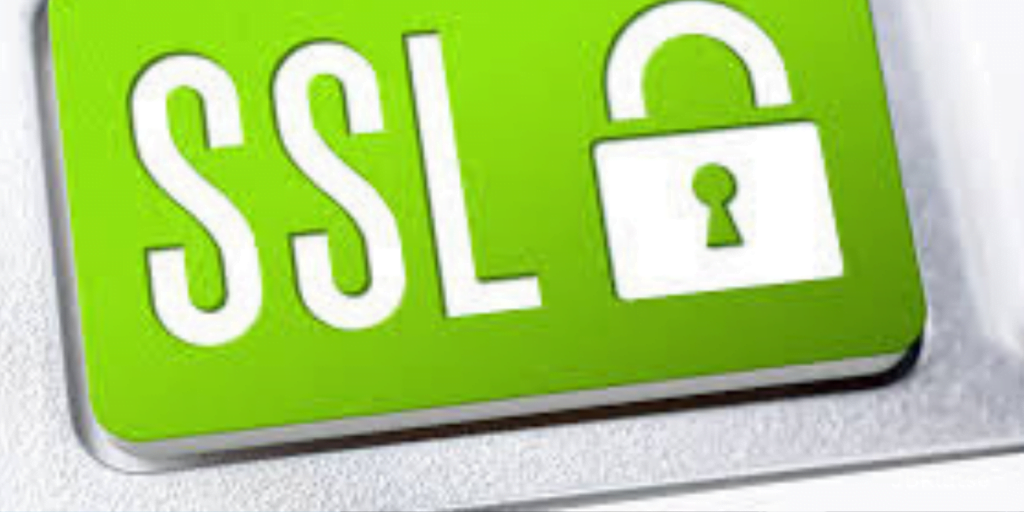The need for the best security protection for your blogs and websites cannot be over-emphasized.
It is trite that data breaches have caused 36 billion records to be exposed in the first half of 2020. Cybercriminals are continuously attacking websites for their gain, and there is no guarantee that your site is not a target.
Moreover, many types of cybercriminal attacks make securing a website crucial. In this article, trust us to explain several ways to protect your website from cybercriminal attacks. Alongside following the steps below, it’s vital to ensure you have a secure internet connection. A quick search online of “internet in my area” or similar, should help you to find the best providers in your location for your specific needs. .
Why Is Website Security Important?
There are a lot of reasons why cybercriminals attack blogs. They may want to sabotage the website and make the audience lose trust in it or take advantage of sensitive information for their profit.
Security is even more important for business websites. Customers will send sensitive information such as credit card numbers or addresses during transactions.
Without proper safety measures, cybercriminals can steal this information for their gain.
A successful cyber attack may spread and escalate to affect other websites.
In other words, you can put other people at risk by not having a proper website security system. Worse, it takes an average of 280 days to recover from a breach and identify the perpetrators.
Thankfully, there are many ways to protect your website, such as installing security plugins, applications, or software and taking preventative measures manually. Let’s go through the details of how to do it below.
1. SSL Security
SSL is a Secure Socket Layer that encrypts the data transfer between servers and browsers. When third parties try to harvest the data, they will see a bunch of characters that can only be decoded by the parties involved.

This is possible by installing an SSL certificate. It has public and private key information that enables data encryption and decryption.
The keys are essential to creating a secure connection between browsers and servers for safe data transfer.
Usually, you get an SSL certificate for free in web hosting packages. If not, you can always purchase the certificate or get one free of charge, then install it manually on the website.
2. Practice Strong Password Habits
In 2019, almost 80% of data breaches were caused by compromised passwords. While keeping passwords simple may make them easier to remember, it acts as an opportunity for cybercriminals to break into your website.

That is why you need to practice strong password habits. Please avoid using the same password for different accounts, as it puts all of them at risk when attackers manage to gain access. Ensure it is more than eight characters long and includes capital letters and symbols to prevent hackers from guessing.
I recommend using applications to manage your passwords, such as LastPass. It can generate strong, random passwords that are virtually impossible to guess. It also enables different saving passwords in a vault, so you don’t have to memorize all randomized combinations.
3. Use Two-Factor Authentication
Cybercriminals may still have ways to force login into the website even with a strong password. Activating two-factor authentication (2FA) will save you in this situation.
With 2FA, a one-time access code will be sent to your phone number or email for every login attempt. You will have to enter that code to access the account or website.
This prevents hackers from forcing a login to the website, as they will not have the code necessary to break in.
Usually, 2FA is offered as a feature in the web hosting plan. If it is not, you can always install a plugin such as Duo to configure a two-factor authentication login on your website.
4. Use a Firewall
Some cybercriminals’ attacks intend to lower a website’s traffic and trustworthiness. They might employ DDoS attacks, where a website is purposefully flooded with traffic to make it inaccessible. They may also send cross-scripting attacks that inject codes into a webpage, enabling them to rewrite it entirely.
You can prevent this by installing a firewall. It detects suspicious traffic with the help of a sophisticated algorithm and blocks the sources responsible for it, protecting the website’s performance.
For most shared hosting plans, the provider will already have a hardware and software firewall automatically installed. However, you should check with the administrators if your website is hosted on a VPS or dedicated server.
We suggest you read more about how to install a firewall.
5. Perform Regular Backups
You have learned that cybercriminal attacks can make users lose data and have the website wholly rewritten and compromised.
The way to recover from this is through backed-up data– however, requesting a copy to your hosting provider may take several days to process.

Performing regular backups on your own will become a quick solution if your site gets corrupted.
You can do this by simply installing automatic backup plugins such as UpdraftPlus if you’re running WordPress, as it will save a copy of your website regularly to cloud storage. It also enables downloading for offline backups with one simple click.
6. Consider Proxy Protection
Proxy protection acts as a gate between your website and the internet. All data requests from visitor browsers go through the proxy server, enabling it to evaluate incoming traffic and prevent attacks.
This is useful to fend off targeted attacks like DDoS, as cybercriminals will not be able to reach your original server.
You can install Nginx Reverse Proxy on your website to get proxy protection. Another option is to sign up for a CDN service, where your website will be stored and maintained on different servers to hide your main server’s IP address.
7. Conduct a Vulnerability Scan
You must maintain your website and check for weaknesses to avoid giving opportunities to cyber criminals. However, examining each factor manually is time consuming and needs technical knowledge not accidentally touching the wrong feature and compromising the website.
You can install a beginner-friendly vulnerability scanner like McAfee. You can automate it and set a schedule for daily, weekly, monthly, or quarterly scans. It will tell you which parts of your website are vulnerable to cyber-attacks and recommend the steps you should take to prevent them.
Conclusion
Securing your website is crucial not only for you but also visitors and customers. You would not want to risk losing their trust and harming them because you didn’t have a proper web security system.
Now that we have explained the various ways how to secure your website, all there’s left to do is choose the most suitable method for your blog or small business.

Are you enjoying your time on JBKlutse?
Articles like these are sponsored free for everyone through the support of generous readers just like you. Thanks to their partnership in our mission, we reach more than 50,000 unique users monthly!
Please help us continue to bring the tech narrative to people everywhere through relevant and simple tech news, reviews, buying guides, and more.
Support JBKkutse with a gift today!